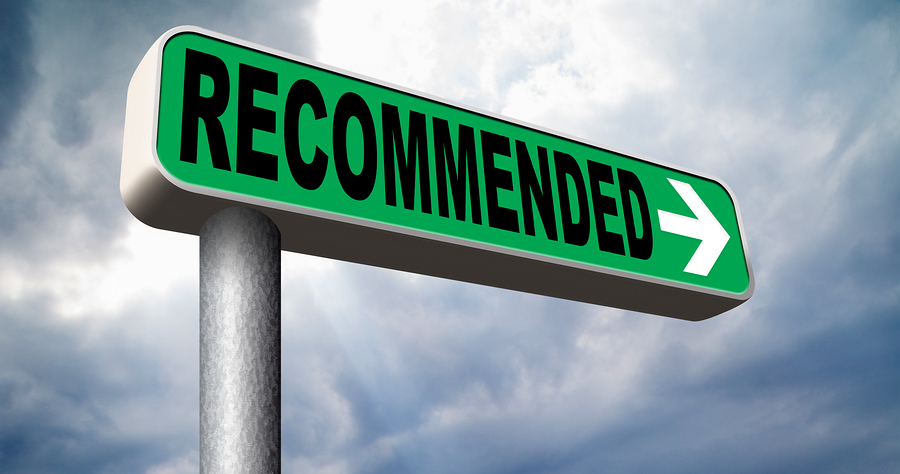Believe it or not, we once had someone write and say that forcing an author to follow our guidelines when submitting a proposal is the height of arrogance. An artist should be allowed artistic freedom of expression, and cramming ideas into a preprescribed format is squelching that creativity.
While I understand the frustration and the amount of work involved in creating a proposal, there are reasons why we ask that writers follow the guidelines.
Definition of “Guidelines”
We use the word “guidelines” instead of “rules” intentionally. They are designed, in part, as a help to writers who don’t know where to begin when putting together a proposal.
You could say that rules are meant to be broken, but guidelines are meant to be followed. But even then, some get caught up in the details of the guidelines and miss the point. We get questions about font size, preferred font, whether to include an author photo or not, how many pages equal a chapter, page margins, what sort of salutation to use, what to say in the cover letter, etc. They are all legitimate questions; but accompanying the question is a fear that if the writer does it wrong, they will be rejected.
Standardization
When working through our considerable number of submissions, it quickly becomes obvious which writers have taken the time to review our guidelines and try to follow them. It is also obvious that some are oblivious to the help that ours, other agencies, books, and online resources provide.
The advantage of a general format is that we can quickly find the parts of a proposal that help our review process. If I have to dig to find a half-page summary of the book or a section about the writer, I can get frustrated. I’ve seen proposals that lead with chapter one, page one, and bury their cover letter at the end of the document. Please don’t do that.
Treat It Like a Job Application
Writing a proposal is like applying for a job in the technology sector. There are certain things that you know are going to attract Apple, Alphabet (aka Google), Facebook, or X. Those are a “standard” part of every application. But if you are wise, you will have gone to each company’s website and followed their guidelines. If they want a one-page resume, you don’t send two. If they ask for two, you don’t send one. In other words, you should customize your application to meet the interests of that particular company.
Try to stand out as a professional. Artistic rebels can still be professional about their rebellion!
Standing out as a “Grumpy Gus” or worse suggests that working together might be difficult.
The Underlying Reason for Guidelines
One thing to remember is that it isn’t anyone’s arrogance that requests following a guideline. Our guidelines are based on what the publishers ask of us. The publisher wants certain information because the bookselling outlets (online and physical) ask for certain information when being presented with a new book. The store wants that information because they know that you, the consumer, are asking for that information when making a purchasing decision. It is ultimately your fault that we have guidelines! (See me smiling when I write that?)
The bottom line is that we all want to sell books.
The consumer wants to know what the book is about and why they should buy it.
The store wants to know what the book is about and why they should stock it.
The publisher wants to know what the book is about and why they should publish it.
And the literary agent wants to know what the book is about and why they should represent it.
Artistic Freedom
Therefore, the writer, if they want a reader to buy their book, needs to consider what the reader is looking for and put that in the proposal. That doesn’t change what you write in the book. It merely wraps the entire concept into a package that can ultimately be presented to a reader and which says, “Buy me. Read me.”








